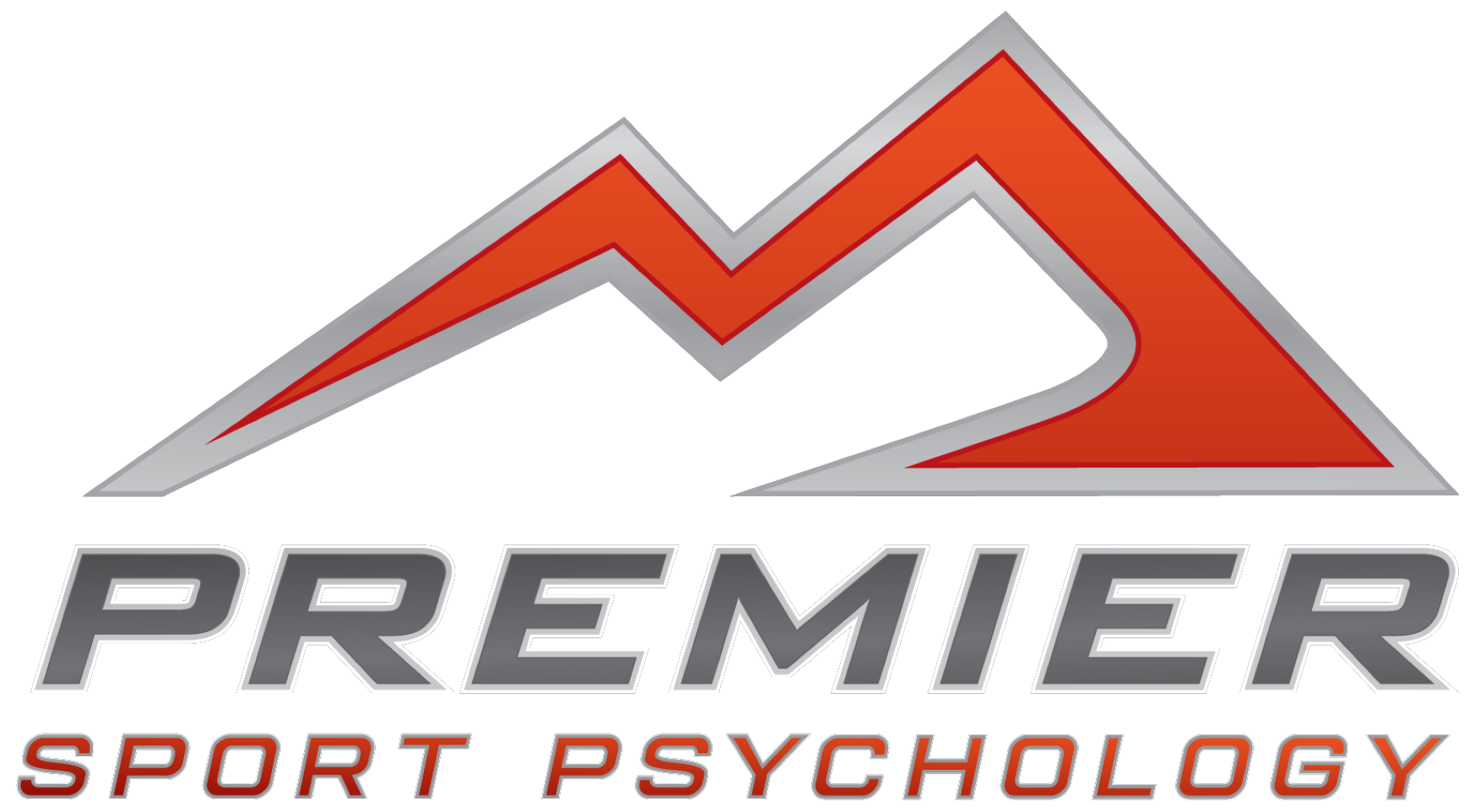The Olympic games are a competition like no other–a stage that only a select few will ever get to compete on, but millions will watch from near and far. A level of honor, excitement, and pressure that is simply incomparable. Not only are you representing yourself, your family, and your team, but also your entire country. Sure these athletes have competed on plying fields at national or even world competitions, but the Olympic games are certainly unique in their own right. So how do you prepare for Rio? How do you prepare to compete your very best in the largest competition of your life? Train hard for countless hours. Eat, sleep and recover properly. Yes! But that is not good enough. That is not good enough to reach gold. The best of the best also work on their mental game, specifically using imagery.
According to a survey by Jowdy and Durtschi, 90 percent of athletes and 94 percent of coaches at the Olympic Training Center in Colorado used imagery in their sport (Murphy, 2005). Also, 97 percent of athletes and 100 percent of coaches argued that imagery enhances performance. The most elite coaches and athletes are using imagery to enhance their performance and play to the best of their ability. If you want to be the best, start training like the best! To prepare for Rio, you know how to train physically, otherwise you wouldn’t even be thinking about competing on such a prestigious stage. However, if you’ve never been there before, it’s hard to prepare yourself for all of the new emotions and nerves that you will experience. You need to learn how to prepare you mind for this so when the day comes there are no surprises, and nothing will get in the way of your performance and reaching your highest potential.
Imagery is a multi-sensory experience that involves rehearsing your sport or performing a task in your mind, while engaging all five of your senses. Imagery is a mental skill that can be improved like any other skill (Murphy, 2005). It can be used in many different areas of sport such as skill development, stress management, preparation for the unknown, maintaining skills, etc. From a neurological perspective, the same areas of the brain are used when imagining an action and actually doing it. Imagination and action use the same neurological pathways, so practicing one enhances the other.
Ranganathan and colleagues’ study (2004) on using imagery to strengthen muscles demonstrates the power of imagery in creating actual physical results. Participants who did finger strengthening exercises for four weeks using only their imagination showed a 35% increase in physical strength (Ranganathan et. al, 2004). The neurons responsible for the movement instruction are used in both imagery and physical exercise, which results in strengthening the actual muscles. Although you cannot rely on imagery alone and physical practice is certainly necessary, this study suggests that imagery and mental practice can help create real results.
At Premier Sport Psychology, we suggest that in order to improve this mental skill and make your imagery as vivid as possible, it is important to engage all five senses as well as feelings and emotion. When preparing for such an intense event, really try to engage all of these senses within your imagery practice, so that when the real time comes you are familiar with these feelings. Imagine yourself gearing up to perform. What is your coach saying? What does the crowd sound like? Can you feel the sweat running down your cheek? What can you see around you? What does the scenery look like? What are the people doing? What does the gym/field/arena smell like? Does anything stand out to you? Can you taste anything such as your minty gum as you chew vigorously? What does the ball feel like or the cool pool on your skin? What are your emotions like? Can you sense your nerves or your excitement?
To prepare specifically for Rio, or whatever major event you may be preparing for, you can also look online and find pictures of what the gym/field/arena/etc. will resemble. Try to find pictures of what the scene will look like even if it is not quite specific to the playing field you will be participating on. Find any images of what the crowd may resemble, the playing field, or anything else that can help make your imagery more vivid and clear. This will give you a very clear idea and help make your imagery as vivid as possible.
Allison Felix, Olympic Track and Field Gold and Silver Medalist once said, “I am a big believer in visualization. I run my races in my head to that I feel even more prepared” (Forbes). Imagery and visualization won’t be the only skill that gets you to Rio, but it can certainly help make you feel more prepared and perform your very best when race day comes.
Murphy, S. (2005). The sport psych handbook. Human Kinetics.
Ranganathan, V. K., Siemionow, V., Liu, J. Z., Sahgal, V., & Yue, G. H. (2004). From mental power to muscle power—gaining strength by using the mind. Neuropsychologia, 42(7), 944-956. doi:10.1016/j.neuropsychologia.2003.11.018
Rosensteel, S. (2012, July 26). Olympic Words Of Wisdom: 6 Inspiring Quotes From Team USA In 2012. Retrieved July 15, 2016, from http://www.forbes.com/sites/seanrosensteel/2012/07/26/olympic-words-of-wisdom-6-inspiring-quotes-from-team-usa-in-2012/#6763301260bf
